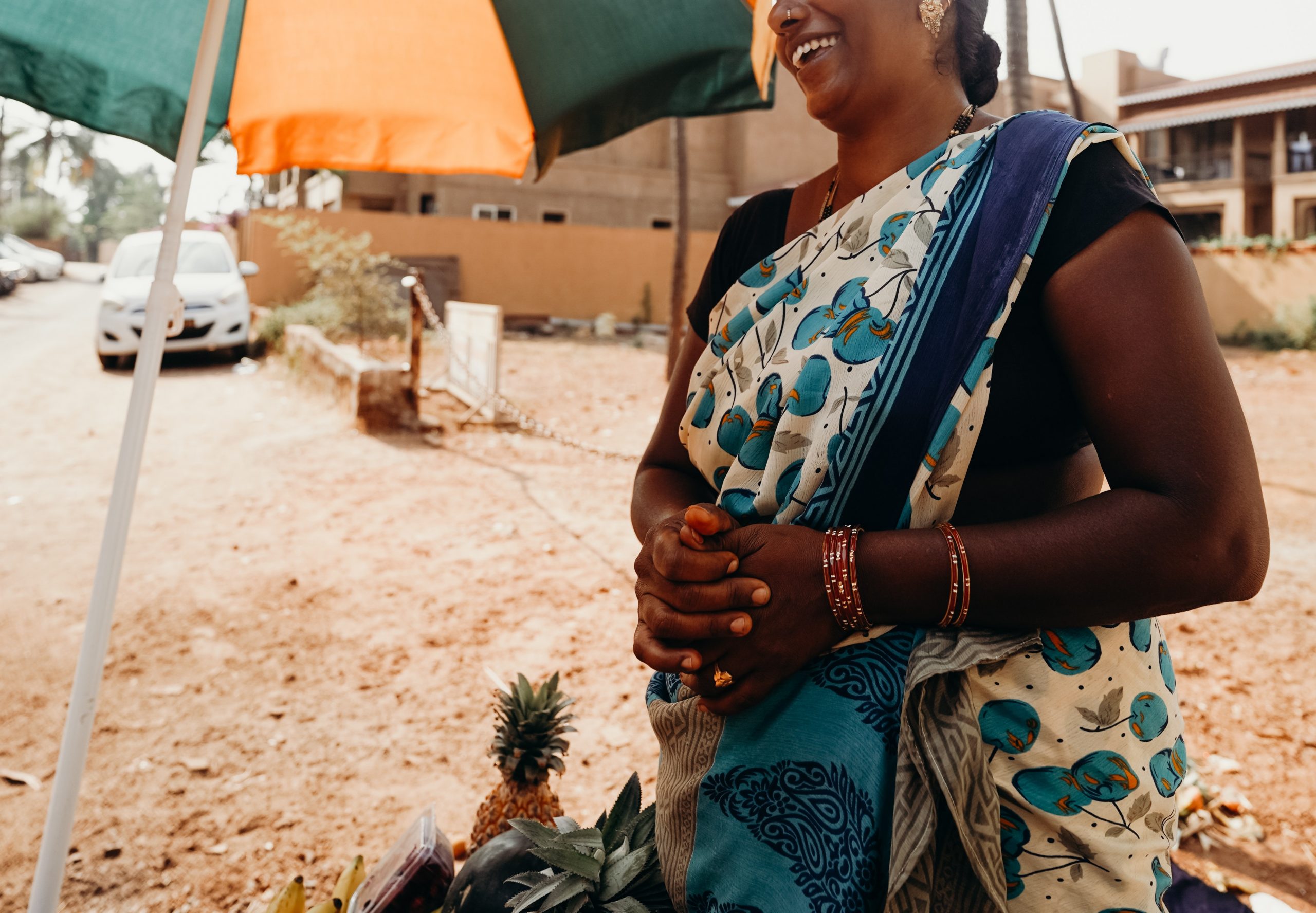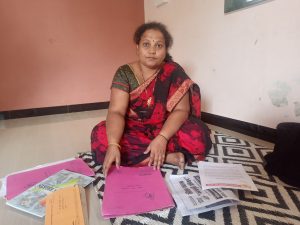A study in Uttar Pradesh found that the availability of affordable commercial menstrual hygiene products remains extremely low. The study revealed that the majority of products available in the market appear to be expensive packs of fewer than 10 pads, priced between 29 and 90 rupees.
According to the 2021 edition of The State of Food Security and Nutrition in the World jointly released by five UN organisations, undernourishment increased in India from 13.8% in 2018 to 15.3% in 2020. A recent study conducted by Basic HealthCare Services, a non-profit organization located in Udaipur, revealed that 97% of high migration tribal communities in Rajasthan mentioned lack of money as the impediment to buying sufficient food for their households. Spending Rs 90 for a menstrual hygiene product, then, would rank far below in a family’s expenditure priority.
Siddhu Tai also points out the unseen effects of migration when it comes to women’s health. Several families in her village seasonally migrate to places like Satara within Maharashtra as sugarcane harvesters.
“Periods come at any time. Suppose they are working in the fields when they start bleeding, where are they supposed to go and find a pad? They are in the farm from approximately 2 AM in the night to 4-5 PM in the afternoon. It’s very difficult in the middle of all this to go look for and change into a pad. Using their ‘dadi ki sooti’ is easier”, said Siddhu Tai.
Being away from one’s own home and constantly engaging in back-breaking work for half the year leaves little room for anyone, man or woman, to even think about their own health let alone do anything to secure it. Siddhu Tai believes that political leaders should commit to finding alternative work for people who are forced to seasonally migrate.
“Sometimes pad availability is scarce in our own village whenever there is no supply from the government. Then how can we be asked to depend on pads in unknown villages we are guests in? Male labourers don’t arrive alone. They come with their wife and possibly daughters. No one cares about them. Neither employers nor the government think about the needs of women migrant workers.”
A 2015 report found that schools in several states like Maharashtra and Chhattisgarh did not have any arrangements for menstruating students. In order to reach all girls, governments must substantially increase investment in free or affordable public education. They must also ensure that public education centres are equipped to cater to the needs of students. Unfortunately, the Union Budget for the education sector continues to remain lower than the recommended level of 6% of India’s GDP.
Free distribution of sanitary napkins in schools may go a long way in promoting healthy practices and reducing absenteeism of young female students when they are on their periods. Rural schools in particular need to not only be conduits of information but also provide infrastructural support in the form of free sanitary napkins, proper waste disposal facilities, etc.
For improving the health of girls and women, it is imperative to make sanitary napkins free and accessible to all through scheme workers such as ASHAs, ANMs, etc. This would also then necessitate a serious shift in how health workers are compensated.
Cultural reasons cannot explain all the gaps in Indian women’s personal practices. At a time when health and safety are at the centre of public discourse, we must remember to address looming gender and caste inequities in our healthcare systems. Women from deprived castes and tribal communities are disproportionately forced into unsafe conditions. Public health must centre the health of all women.
This piece was first published on the Syaahi collective.





